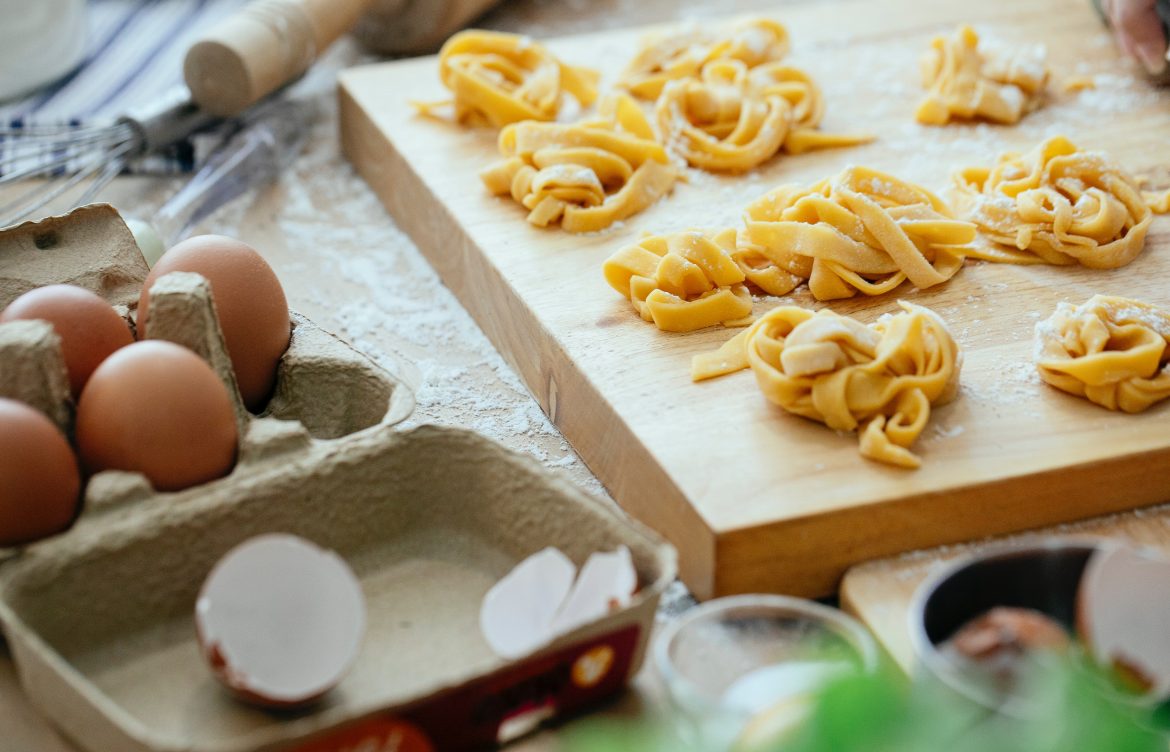
Mastering the Art of Roux: A Culinary Essential
Introduction
In the world of culinary arts, roux is a fundamental and versatile ingredient that serves as the base for countless classic dishes, from creamy sauces to hearty soups and flavourful gravies. This simple mixture of fat and flour is a fundamental building block for many recipes, and mastering it is a crucial skill for any home cook or aspiring chef. In this blog, we’ll explore what roux is, its different types, and step-by-step instructions on how to make a roux to perfection.
Part 1: Understanding Roux
Roux is a thickening agent that consists of two primary ingredients:
1. Fat: Commonly, butter is used, but other fats like oil, lard, or bacon grease work as well. The choice of fat can influence the flavour of the final dish.
2. Flour: All-purpose flour is the go-to choose, as it has a good balance of starch and protein, making it ideal for thickening.
Roux plays a significant role in cooking by providing structure and thickness to various recipes. When fat and flour are combined and cooked together, the flour’s starches swell and absorb the fat, creating a smooth paste. As this paste is added to liquid, it thickens the mixture, resulting in a desirable texture for a variety of dishes.
Part 2: Types of Roux
There are three primary types of roux:
1. White Roux:
– Colour: White roux is cooked just long enough to eliminate the raw taste of flour. It maintains a pale, cream colour.
– Common Use: White sauces, béchamel, and cream-based soups.
2. Blond Roux:
– Colour: Blond roux is cooked slightly longer than white roux, taking on a light tan colour.
– Common Use: Velouté sauce, gravies, and some soups.
3. Brown Roux:
– Colour: Brown roux is cooked until it reaches a deep, rich brown colour.
– Common Use: Espagnole sauce, gumbo, jambalaya, and other dishes where a deeper flavour is desired.
The difference between these roux types lies in the cooking time and the intended flavour and colour profile of the final dish. Each type of roux has a unique role in the culinary world.
Part 3: Making a Roux Step by Step
Now, let’s dive into the step-by-step process of making a roux. We’ll focus on white roux as a foundational skill for beginners, and then discuss adaptations for blond and brown roux.
Ingredients:
– 2 tablespoons of fat (butter)
– 2 tablespoons of all-purpose flour
Equipment:
– A heavy-bottomed saucepan
– A wooden spoon or whisk
Instructions for Making White Roux:
1. Prepare the Ingredients: Measure out the fat (butter) and flour before you start. Having all the ingredients ready ensures a smooth process.
2. Melt the Fat: Place the saucepan over medium heat and add the fat. Allow it to melt completely, ensuring that it doesn’t start to sizzle or brown.
3. Add the Flour: Once the fat is fully melted and slightly warmed, add the flour all at once. Use a wooden spoon or whisk to stir continuously.
4. Combine and Cook: Stir the fat and flour together, making sure there are no lumps. You’ll create a smooth paste. Continue to cook and stir over medium heat. The roux will gradually thicken and change in colour. For a white roux, cook for about 2-3 minutes, until it reaches a pale, creamy colour.
5. Cool and Use: Remove the roux from the heat and let it cool slightly. You can now add it to your recipe as directed.
Adapting for Blond Roux:
– To make a blond roux, continue cooking the roux for an additional 2-3 minutes after it reaches the pale, creamy colour of white roux. It should turn to a light tan or blonde hue.
Adapting for Brown Roux:
– Making a brown roux requires further cooking. Continue to cook the roux, stirring constantly, for 5-10 minutes or until it achieves a deep, rich brown color. Be cautious not to let it burn; a burnt roux can have a bitter taste.
Part 4: Common Culinary Applications
Roux is a key ingredient in various classic dishes:
1. Béchamel Sauce: White roux is the foundation for béchamel sauce, which can be used in macaroni and cheese, lasagna, and creamy casseroles.
2. Velouté Sauce: A blond roux is used for velouté sauce, which pairs well with poultry, seafood, and vegetables.
3. Espagnole Sauce: Brown roux is essential for espagnole sauce, a key component in classic French dishes like beef bourguignon.
4. Gumbo and Jambalaya: In Creole and Cajun cuisine, a dark brown roux is used to thicken and flavour dishes like gumbo and jambalaya.
5. Soups and Stews: Roux is employed to thicken soups and stews, adding body and texture to dishes like New England clam chowder or chicken and dumplings.
Part 5: Tips and Best Practices
To perfect the art of roux-making, consider the following tips and best practices:
– Use a heavy-bottomed saucepan to prevent the roux from scorching.
– Stir continuously to prevent lumps and ensure even cooking.
– Adjust the cooking time to achieve the desired colour and flavour for your specific dish.
– Be cautious with the heat to avoid burning the roux, as burnt roux can impart an unpleasant taste to your dishes.
Conclusion
Roux is a fundamental element in the world of cooking, serving as the backbone for many beloved dishes. By mastering the art of roux-making and understanding the nuances of different roux types, you can elevate your culinary skills and expand your repertoire of recipes. Whether you’re creating a creamy béchamel or a rich espagnole sauce, the ability to make roux is a valuable skill that will open up a world of culinary possibilities. So, grab your saucepan and start experimenting – your culinary journey has just begun!